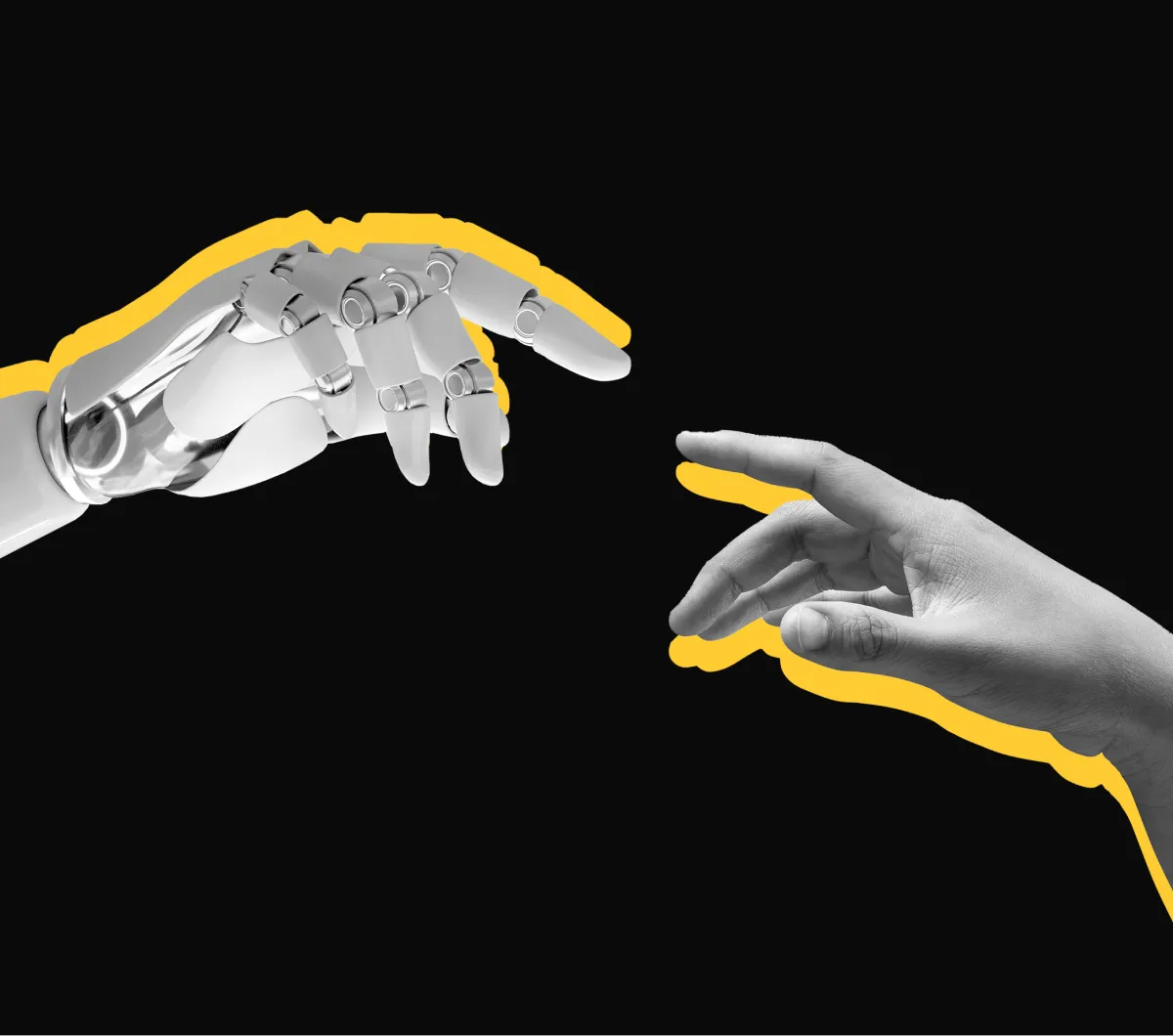BRIEF HISTORY OF AI
Until 1949, computers could execute commands, but they couldn’t remember what they were doing and were unable to store the backlog. Between 1957 and 1974, computers became faster, cheaper, and more affordable but their computing capabilities were still not there yet.
But in the 1980s, when the set of algorithmic tools expanded (and additional research funds were allocated) John Hopfield and David Rumelhart first introduced the “deep learning” method allowing computers to learn from their experience. Despite a lack of government and public interest, AI technologies flourished, and many important goals were achieved in the next two decades.
In 1997, world chess champion and grandmaster Garry Kasparov was defeated by IBM’s Deep Blue computer program. In 2016, Google’s AlphaGo software won a match against professional Go player Lee Sedol, and in 2017, the Libratus supercomputer defeated the top human players during a poker tournament.
TYPES OF ARTIFICIAL INTELLIGENCE
As of today, researchers use the following classification of AI types:
1. Artificial Super Intelligence (ASI) is a hypothetical AI that can not only reproduce the maximum of human abilities, but even surpass it. The one that Stephen Hawking was afraid of.
2. General AI (Artificial General Intelligence, AGI) is one step lower than ASI but capable of at least performing the same as a human being. Also, hypothetical for now.
3. Weak, or narrow AI (Artificial Narrow Intelligence, ANI) designed to run only a strictly defined narrow range of applications (which is why it is called narrow). In the case of ANI, no autonomous behavior or self-development beyond human control is possible. Systems equipped with ANI can only exist in the form in which they were created by man and even theoretically cannot get out of his control. This is what we have today.
WHAT ARE THE MOST PROMISING USES OF AI TODAY?
AI-AUGMENTED SOFTWARE ENGINEERING
Yes, AI helps with developing software. And it is one of the most promising technologies of the future. But don’t worry. The point is not that developers should be replaced by robots. Rather, AI-powered tools can work as assistants to project managers, business analysts, programmers, and test engineers.
AI-augmented Software Engineering is a term introduced by Gartner in 2020 to describe the process of using artificial intelligence technologies (for example, machine learning, natural language processing, etc.) to accelerate application development cycles and DevOps. Moreover, few vendors already have these products. Codota, Deep Code, Google, Kite, Mendix, Microsoft, OutSystems, Parasoft are among them.
AI IN FORENSICS
On May 18, 2022, Turkey launched an artificial intelligence program called Asena to fight against drug traffickers. It uses pattern recognition technology to detect criminals in public places.
In May 2018, Dutch police reported the use of artificial intelligence to investigate complex crimes. Law enforcement has begun digitizing more than 1,500 reports and 30 million pages related to “cold” cases, starting from 1988. Cases where the crime was not solved for at least three years, and the offender was sentenced to more than 12 years in prison are of particular interest.
Once all content is digitized, it will be fed to a machine learning system that will decide which cases use the most credible evidence. This should reduce the time to process cases and solve past and future crimes from weeks to days.
AI TO SOLVE DEMOGRAPHIC PROBLEMS
In mid-December 2020, Japanese government reportedly allocated $17 million on the development of artificial intelligence technologies in an attempt to help its citizens create strong married couples.
It is suggested that AI will ignore the personal preferences of young people in terms of appearance, level of wealth and the age of a potential partner. Instead, algorithm will match people with physiological and emotional compatibility, focusing on the maximum fertility of the future family as well as the ability to raise children.
IN A NUTSHELL
We are now witnessing the dawn of AI with so many fascinating breakthroughs ahead. However, AI is capable of all these accomplishments only when a model is well-trained through a big amount of machine learning data. It is now vital for creating suitable algorithms and making AI fully functional in relevant spheres.
As AI is getting more and more integrated across multiple industries, a new challenge arises – faster and more efficient data management technology allowing AI to penetrate new fields seamlessly and in real–time.
